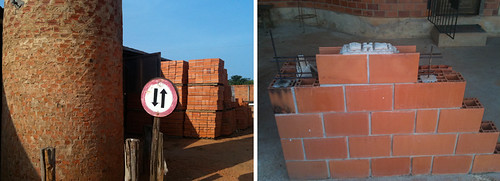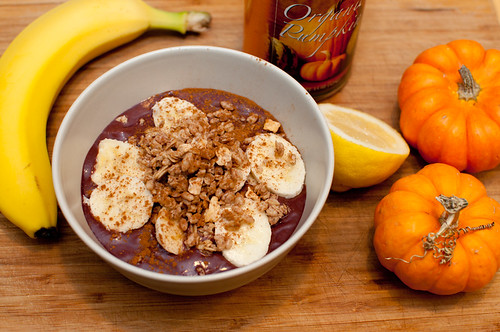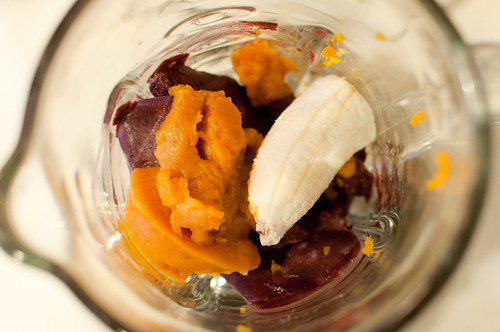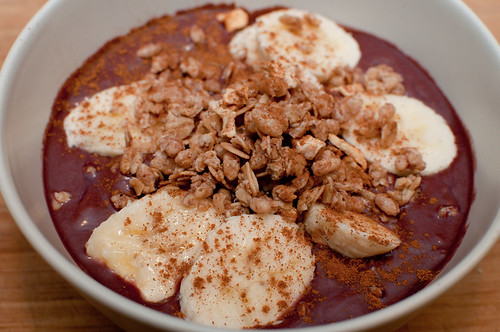
Amapá Telhas, just two minutes from the Sambazon production plant, is a factory that produces clay bricks for industrial and residential use. Integral to manufacturing is the firing process, which cooks the soft malleable clay in to hard heavy-duty construction brick. Furnaces nearing temperatures of 2000 degrees Farenheit burn nearly all day long producing 500,000 tons of brick each day.

Before Sambazon began donating our seeds to Amapá Telhas, “we would use virgin wood from the surrounding area (Rainforest) to burn as fuel for the kilns.” Said owner Wagner Alonso Rodrigues.. It was calculated that each day one acre of native Rainforest wood was used to burn as fuel in the factory. That number has now been reduced by nearly 90%.
Saving an acre of Rainforest a day not only proved to be the socially responsible thing to do, it also proved to be economically advantageous. “We have reduced our wood purchasing so drastically that now we save $US 250 a day burning seed instead of wood,” comments Rodrigues. To put that number in perspective a bit, that is the same amount that the average factory employee gets paid in an entire month.
Making this process functional was not without its obstacles. The seed has to be stored properly, crushed and mixed with wood shavings to burn correctly and, in order to keep up with his modern equipment, Rodrigues installed a sophisticated distribution system for the seeds to be automatically added to each kiln as temperature dictates.

Sambazon and Amapa Telhas have wonderfully pioneered a socially responsible and economically profitable partnership. This symbiosis is exactly the type of collaboration we need to encourage and focus on as we continue to become aware of how precious our natural resources are.
Bridge to the future,
Scott Nemeth
Director of Lifestyle Marketing








